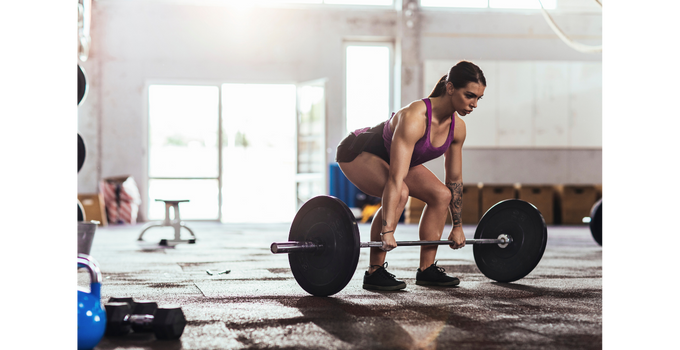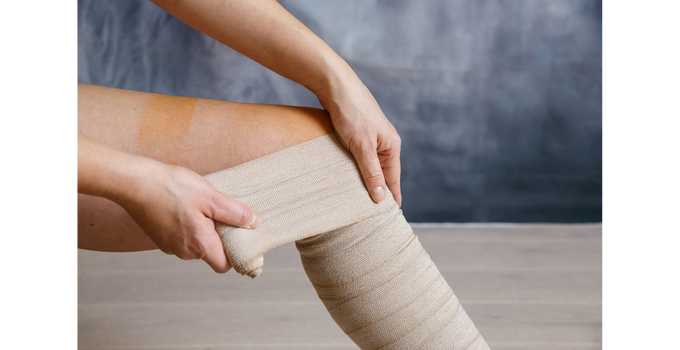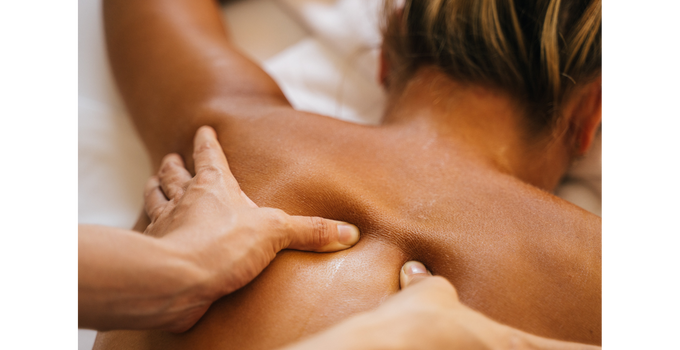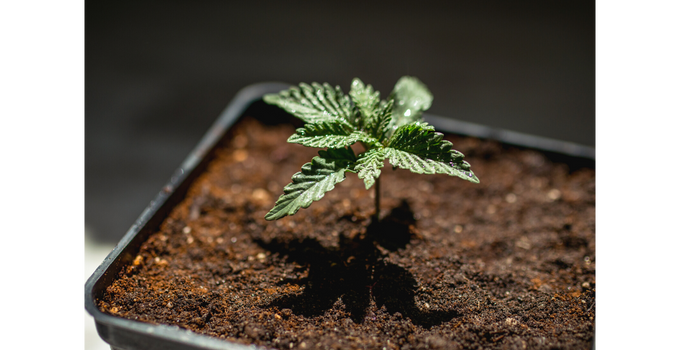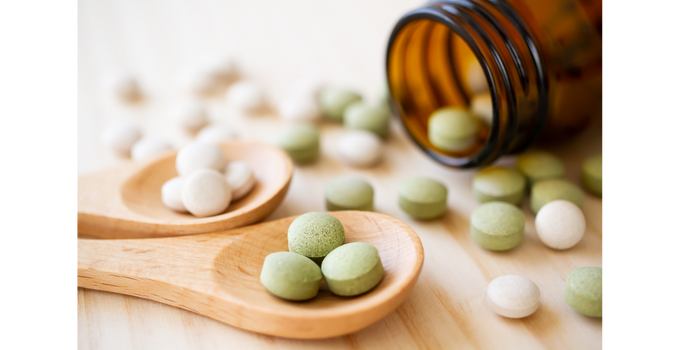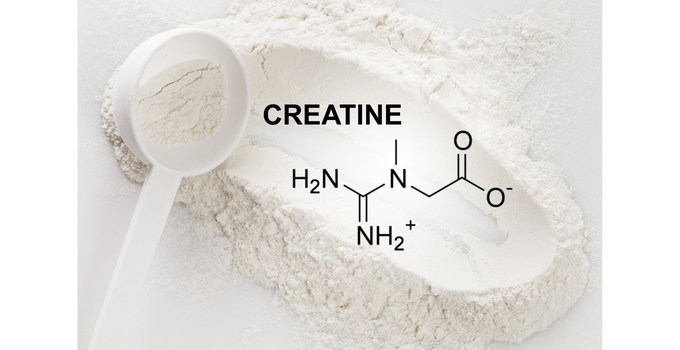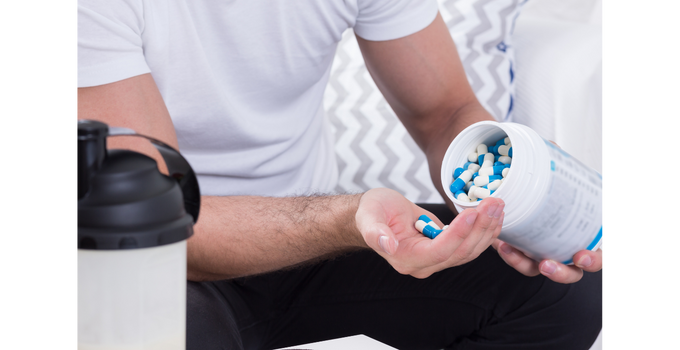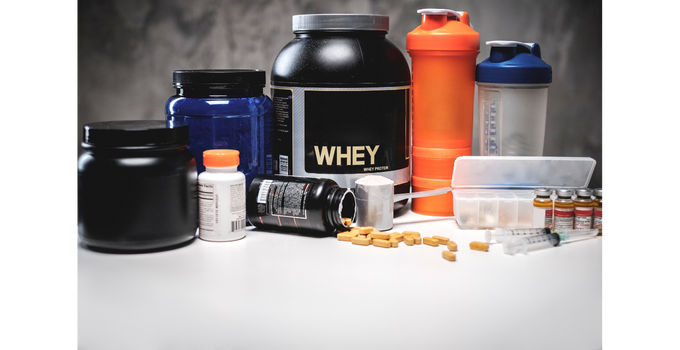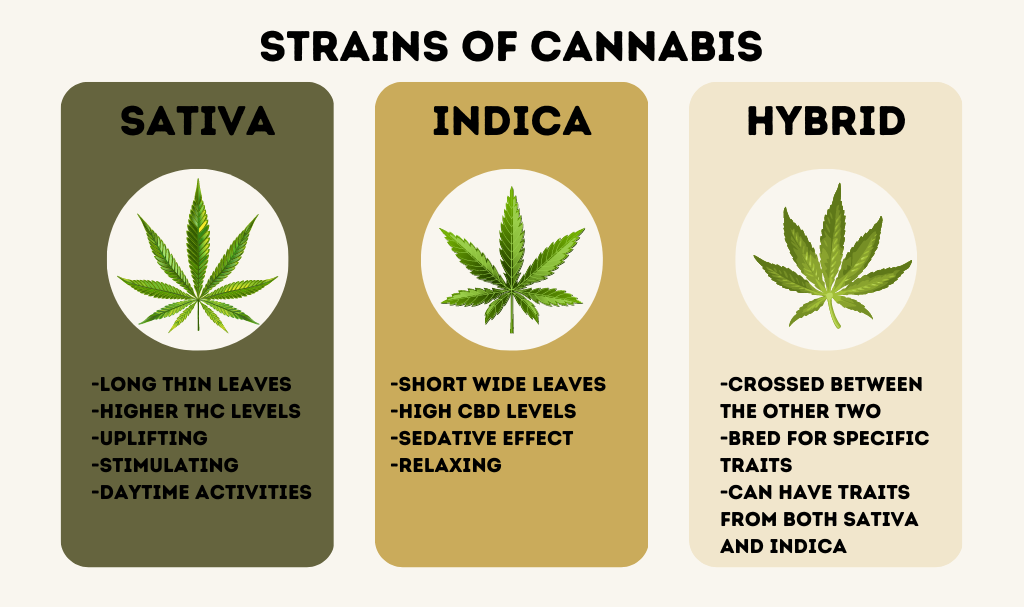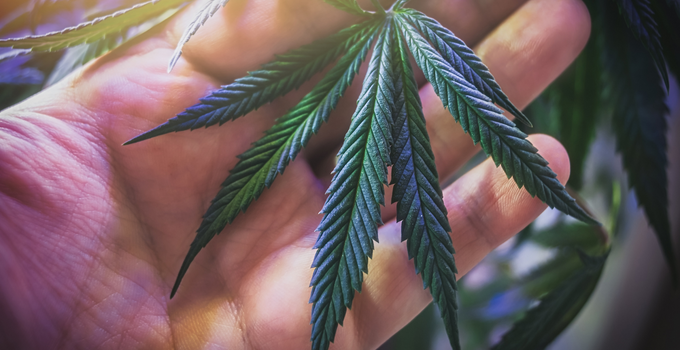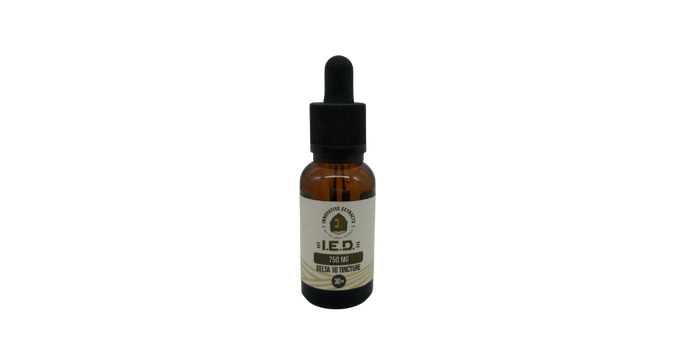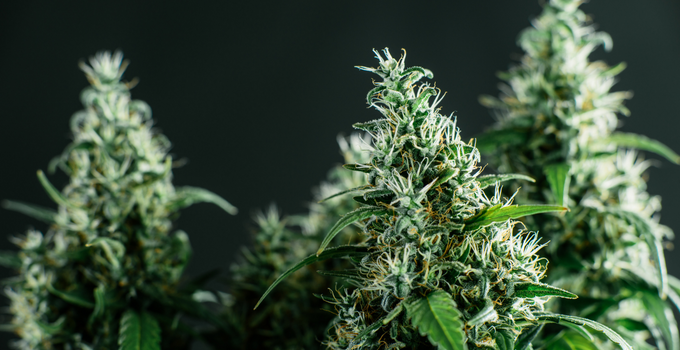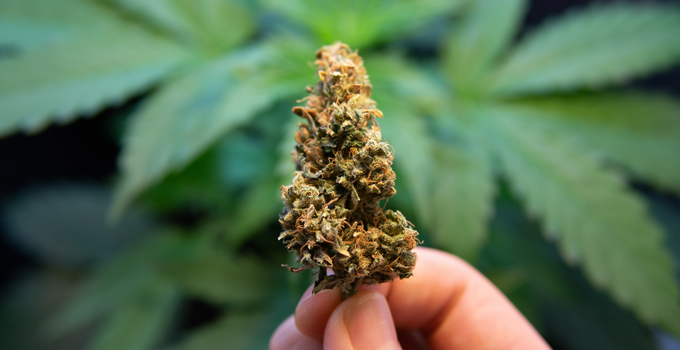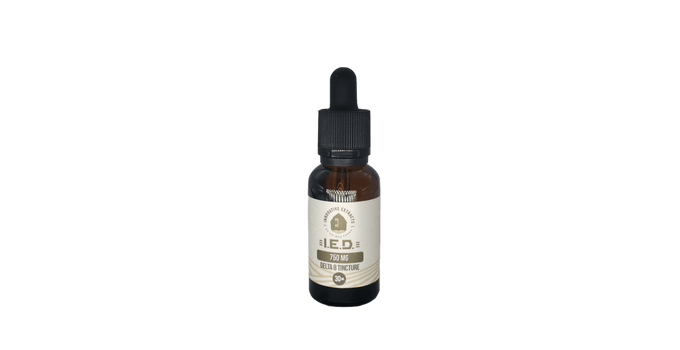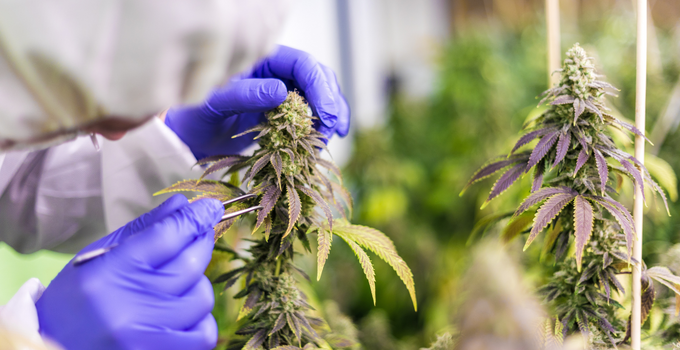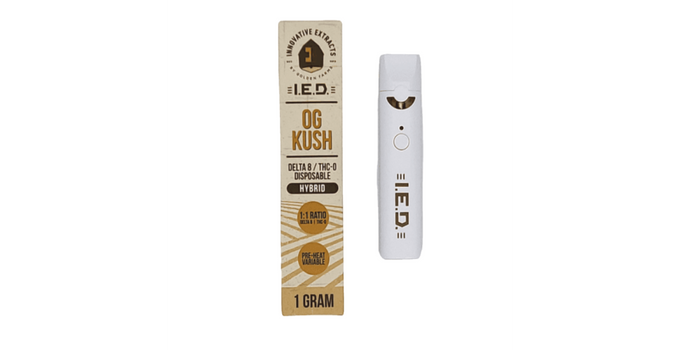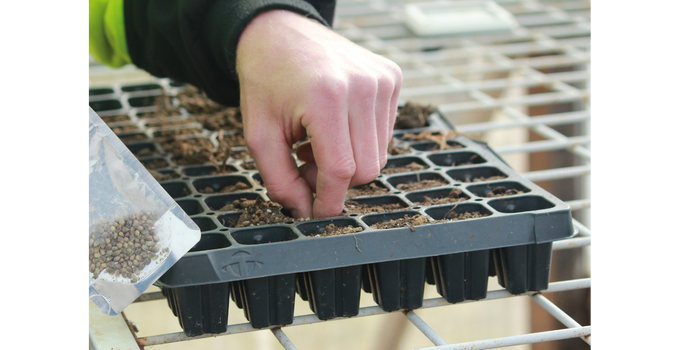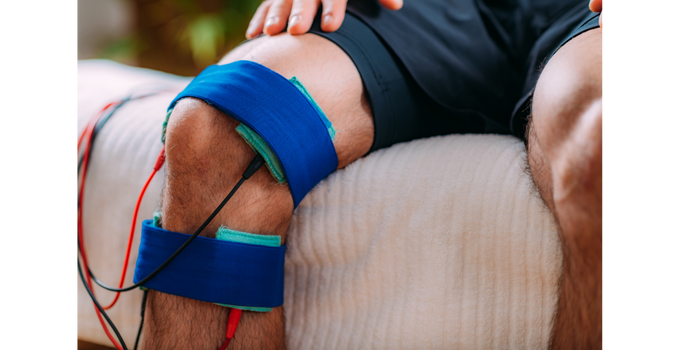
Muscle Strain Recovery Time – How Long Does It Take?
Muscle strains can be very painful and greatly affect your daily routine. For athletes and fitness enthusiasts, muscle strain recovery time is especially important for maintaining good physical health. Proper management of the strain can make all the difference between a few days with minor discomfort or weeks – or even months – of living in pain. In this blog post, we will explore the various factors that influence how long it takes to recover from a muscle strain such as severity of injury, treatment methods, stretching, lifestyle habits and much more – giving you insights into safely returning to sports and activities without risk of exacerbating the damage further.
What is a muscle strain?
Muscle injuries, also called “pulled muscles” and “muscle tears”, are some of the most common injuries experienced by athletes. They account for a large percentage of all injuries in both amateur and professional sports populations.
A muscle strain is an injury to a muscle or a tendon, which is the fibrous tissue that connects muscles to bones. It occurs when muscle fibers are overused or stretched beyond their normal capacity.
Strains can be mildly painful as in a simple pulled muscle, or in severe cases it can be extremely painful. Symptoms of a muscle strain include any or all of the following: discoloration, swelling, pain, soreness, limited range of motion, and weakness of the pulled muscle.
Moderate to severe strains require immediate treatment. Treatment typically involves RICE (rest, ice, compression, and elevation), analgesics, and non-steroidal anti-inflammatory medications. Physical therapy may be recommended for more severe strains to ensure proper healing and regain normal muscle function. Severe cases may need surgery to repair the injured muscle or tendon.
Assessing a muscle strain

Muscle strains are diagnosed by grading the severity of the injury from grade I (mild) to grade III (severe). This grading system helps to determine the intensity of the muscle strain and guide treatment. Classification of a muscle strain depends on parameters such as degree of pain, degree of disability, swelling and bruising, and other visible signs of injury.
What affects recovery time?
Recovery time is determined by numerous factors including the degree of injury and associated complications. If there is only a partial tear, the athlete can resume normal activities as soon as they are pain free and have normal strength and motion. Recovery time also depends upon which muscle was injured, how much muscle tissue was damaged, and how much force was applied to it.
Sometimes surgery is required if the muscle is severely damaged or has completely ruptured. Full recovery from surgery takes anywhere from two months to a year depending on the severity of injury and type of procedure performed.
An orthopedic specialist will conduct a physical exam and use a variety of tests to determine the extent of muscle damage and recommend proper treatment, as well as evaluate recovery progress after the injury. Imaging tests such as X-rays and MRIs can provide detailed images of muscle anatomy and tissue damage. Manual muscle testing is also used to measure muscle strength, range of mobility, and flexibility.
Grade I muscle strains

A mild muscle strain is classified as grade I. It is graded mild since only a few fibers are affected and the tissue damage is not significant. Most muscle strains are classified as grade I.
A mild strain can present the following symptoms: pain and soreness, stiffness, limited mobility, and mild swelling. It may take between one to several weeks for full recovery from a mild strain.
Most mild strains heal within a few weeks.
Treatment for grade I strains
The most effective treatment for a mild muscle strain, or pulled muscle, is the RICE protocol (rest, ice, compression, and elevation).
Rest is important to prevent further damage or re-injury. Ice may be used for several days to reduce swelling. Compression bandages around the area helps reduce swelling and pain during the initial inflammatory phase, while elevating the injured area promotes more blood flow and reduces inflammation. Additionally, non-steroidal anti-inflammatory drugs (NSAIDs) can be used to relieve soreness and inflammation.
Exercises may be recommended to increase flexibility and strength. Applying heat before these activities can help improve flexibility in the muscle. A physical therapist can provide advice on proper form during exercise to avoid strain injuries from happening again.
Grade II muscle strains

A grade II injury is a moderate muscle strain and involves a greater amount of torn muscle tissue with severe pain and tenderness. There is also more swelling and significant loss of strength and mobility of the injured muscle or tendon. Sometimes there is bruising.
More severe strains may require surgery if there is a substantial tear in the muscle. Surgery is usually performed as soon as possible after injury to prevent further damage and ensure proper healing.
Treatment for grade II strains

Similar to treating a mild strain, treating a moderate strain involves RICE: rest, ice therapy to reduce inflammation, compressive elastic bandage for support, and elevation of the affected area to minimize swelling. Specific mobility exercises are often recommended to improve flexibility and strength. Non-steroidal anti-inflammatory drugs (NSAIDs), such as ibuprofen, naproxen sodium, or acetaminophen can help alleviate soreness and inflammation.
With adequate treatment and appropriate rehabilitation, most moderate muscle strains should heal without any long-term implications. Left untreated however, moderate strains can worsen and lead to ongoing problems.
Recovery time for grade II strains
Depending on how severe the strain is, a grade II strain may take anywhere from three to eight weeks for full recovery.
If conservative measures do not relieve symptoms within several weeks, surgery or other invasive treatments may be needed. After surgery, up to six months of rest and rehabilitation will be necessary before returning to physical activity.
Grade III muscle strains

A grade III strain injury involves a partial or complete tear of the muscle fibers. These are severe muscle strains that often require surgical repair. They can lead to long-term disability and require prompt medical attention. They require longer healing times compared to grade I or II muscle strains due to the substantial amount of damaged tissue.
Symptoms
Symptoms associated with more severe strains include excruciating pain, stiffness, and marked loss of strength within the affected muscle group. Bruising or discoloration, significant swelling, and heat may be present at the injury site, as well as an inability to move or contract the damaged muscle. There may have been a pop sensation in the muscle at the time of injury which may indicate a completely torn, ruptured muscle.
These types of injuries can have long-term consequences such as chronic pain, disability, and permanent damage to the affected muscle if not treated appropriately and allowed adequate recovery time.
Treatment for grade III muscle strains
Treatment for a grade III strain involves the RICE protocol and physical therapy, along with anti-inflammatory and pain medications. In many grade III cases, surgery is needed to properly heal the injury.
Surgical repair is typically done arthroscopically, which requires small incisions in the skin around the affected area. An orthopedic surgeon will use specialized instruments to view and repair the damaged tissue inside of the joint. The surgery aims to reduce pain, improve function, and minimize scarring.
Avulsion fractures

An avulsion fracture is the most extreme type of grade III injury. It occurs when a tendon or ligament pulls off a fragment of the bone to which it is attached. This type of fracture can affect any area where muscles and tendons connect to bones, but are most common in the ankle and foot. An avulsion fracture may be caused by a sudden jerk or pull on the muscle or tendon due to strenuous activity or extreme stretching.
Avulsion fractures often result from grade III strains. Symptoms include intense pain at the site of injury, and swelling and bruising at the point where the bone was detached from its anchor point. Surgery is almost always necessary for proper healing. During surgery, an orthopedic surgeon will reattach the bone fragment to its original anchor point using screws, pins or plates. After surgery, the affected area may require immobilization and rehabilitation in order for it to heal properly.
Recovery time for grade III muscle strains
Recovery time for grade III strains can vary from many weeks to six or more months because more muscle fibers are damaged than lower grade strains. Crutches, braces, or a cane may be necessary in order to limit movement and weight-bearing on the affected area during the healing process. With proper rest and rehabilitation most people are able to make a full recovery.
Physical therapy is an integral part of recovery from a severe muscle injury. It involves gentle stretching and strengthening exercises that are designed to help restore mobility and strength in the affected muscles. This process can take several months, so it is important to be consistent with therapy sessions.
Tips to prevent a muscle strain

The best way to prevent a strained muscle is by maintaining strong healthy muscles through a regular stretching and exercise program. Strength exercises such as weight lifting or bodyweight exercises should be included in your routine at least two times per week for optimal muscle development. It is important to include stretching in your routine, as good flexibility helps reduce the likelihood of a strain and improves muscle performance. Stretching should be done before and after physical activity to help maintain muscle health and prevent muscle cramps, tears, or strains.
Conclusion
Muscle strains can range from mild to severe, depending on the degree of pain, disability, swelling, and bruising. While more severe injuries will take longer to recover from and need physical therapy for the healing process, proper management of the strain makes all the difference in the recovery time.
A good starting point for healthier muscles is to make sure that they are being properly supported with exercise and stretches. Additionally, when exercising or performing strenuous activities it’s important to warm up before doing so. All of these steps can help lessen your risk of developing a muscle strain and any associated complications down the road.
If you feel like you’re straining a muscle of any severity don’t hesitate to see your healthcare provider right away; the sooner it is assessed and addressed, the less severe your injury will become.
For further reading
Dueweke, J. J, et al. “Regeneration of Skeletal Muscle After Eccentric Injury.” Journal of Sport Rehabilitation vol. 26,2 (2017): 171-179. doi:10.1123/jsr.2016-0107 https://pubmed.ncbi.nlm.nih.gov/27992284/
Noonan, T. J., and Garrett, W. E. “Muscle Strain Injury: Diagnosis and Treatment.” The Journal of the American Academy of Orthopaedic Surgeons vol. 7,4 (1999): 262-9. doi:10.5435/00124635-199907000-00006
Howard, E. E. et al. “Divergent Roles of Inflammation in Skeletal Muscle Recovery From Injury.” Frontiers in Physiology vol. 11 (2020). https://doi.org/10.3389/fphys.2020.00087





